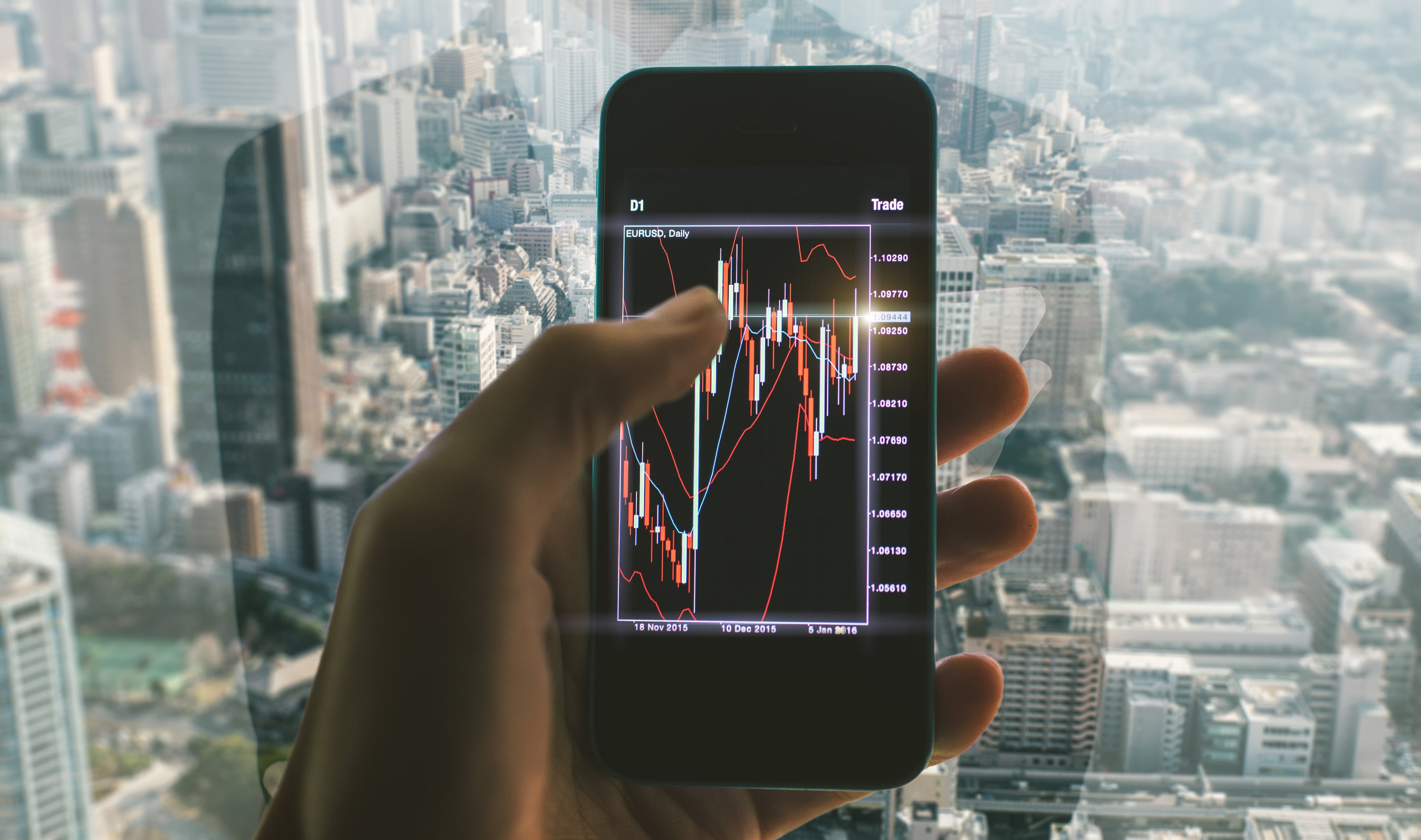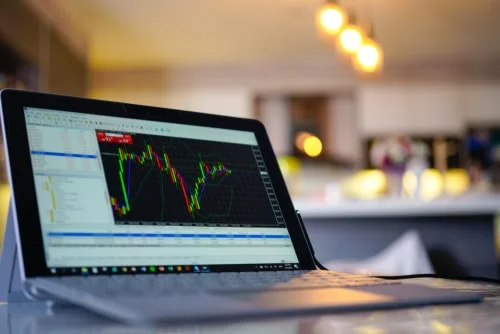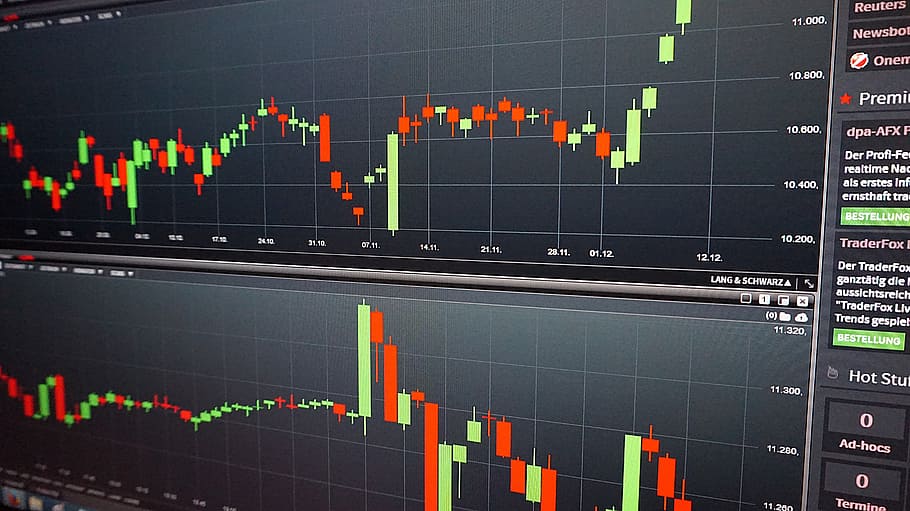Crossover
Crossovers happen when two moving averages intersect. This can be a powerful tool for forex traders, as it can indicate a shift in the market's trend. Learning how to spot crossovers and use them to your advantage can help you make more profitable trades. In this article, we'll look at what crossovers are, how to spot them, and how to trade using this strategy.
1. What is crossover in forex trading, and how can it be used for profit?
2. The benefits of using crossover signals in your trading strategy
3. How to find the best crossovers for your trading style
4. Examples of successful trades made with crossover signals
5. Tips for minimizing risk when using this type of trade setup
What is crossover in forex trading, and how can it be used for profit?
A crossover occurs when two moving averages intersect. This can be a powerful tool for Forex traders as it can indicate a shift in the market’s trend. Learning how to spot crossovers and use them to your advantage can help you make more profitable trades.
There are two types of crossover signals that Forex traders can use:
1. The death cross – This happens when the 50-day moving average crosses below the 200-day moving average. This is seen as a bearish signal and often signals that a downtrend is about to begin.
2. The golden cross – This happens when the 50-day moving average crosses above the 200-day moving average. This is seen as a bullish signal and often signals that an uptrend is about to begin.
The benefits of using crossover signals in your trading strategy
Forex traders can use crossovers to spot changes in the market’s trends and make more profitable trades. This type of signal can also be used to confirm other technical indicators, providing further confidence in a trade setup.
How to find the best crossovers for your trading style
There are many ways to find crossovers, but the most important thing is to ensure that you are using reliable data. Some Forex traders use multiple moving averages on different timeframes to find crossovers, while others use Forex trading software that generates signals for potential trades.
Examples of successful trades made with crossover signals
Here are some examples of successful Forex trades that were made using crossover signals:
1. In May 2009, the 50-day moving average crossed above the 200-day moving average on EUR/USD, signaling a potential uptrend. The pair went on to rally for almost 1,000 pips over the next few months.
2. In July 2008, the 50-day moving average crossed below the 200-day moving average on GBP/USD, signaling a potential downtrend. The pair then fell by over 2,000 pips over the next few months.
3. In February 2016, the 50-day moving average crossed above the 200-day moving average on USD/JPY, signaling a potential uptrend. The pair then rallied by over 1,000 pips over the next few months.
Tips for minimizing risk when using this type of trade setup
As with any Forex trading strategy, it’s important to manage your risk when using crossover signals. Here are some tips for minimizing risk:
1. Use stop-loss orders to limit your losses if a trade goes against you.
2. Use take-profit orders to lock in profits when a trade is going in your favor.
3. Don’t put all of your eggs in one basket – diversify your trading portfolio so that you are not over-exposed to any one currency pair.
4. Be patient – wait for a clear crossover signal before entering a trade, and don’t try to pick tops and bottoms.
5. Keep your emotions in check – don’t let greed or fear influence your trading decisions.
Crossovers can be a powerful tool for forex traders. Learning how to spot and use them effectively can help you make more profitable trades. In this article, we looked at what crossovers are, how to spot them, and how to trade using this strategy. Have you tried trading with crossovers? What has been your experience? Let us know in the comments below.














